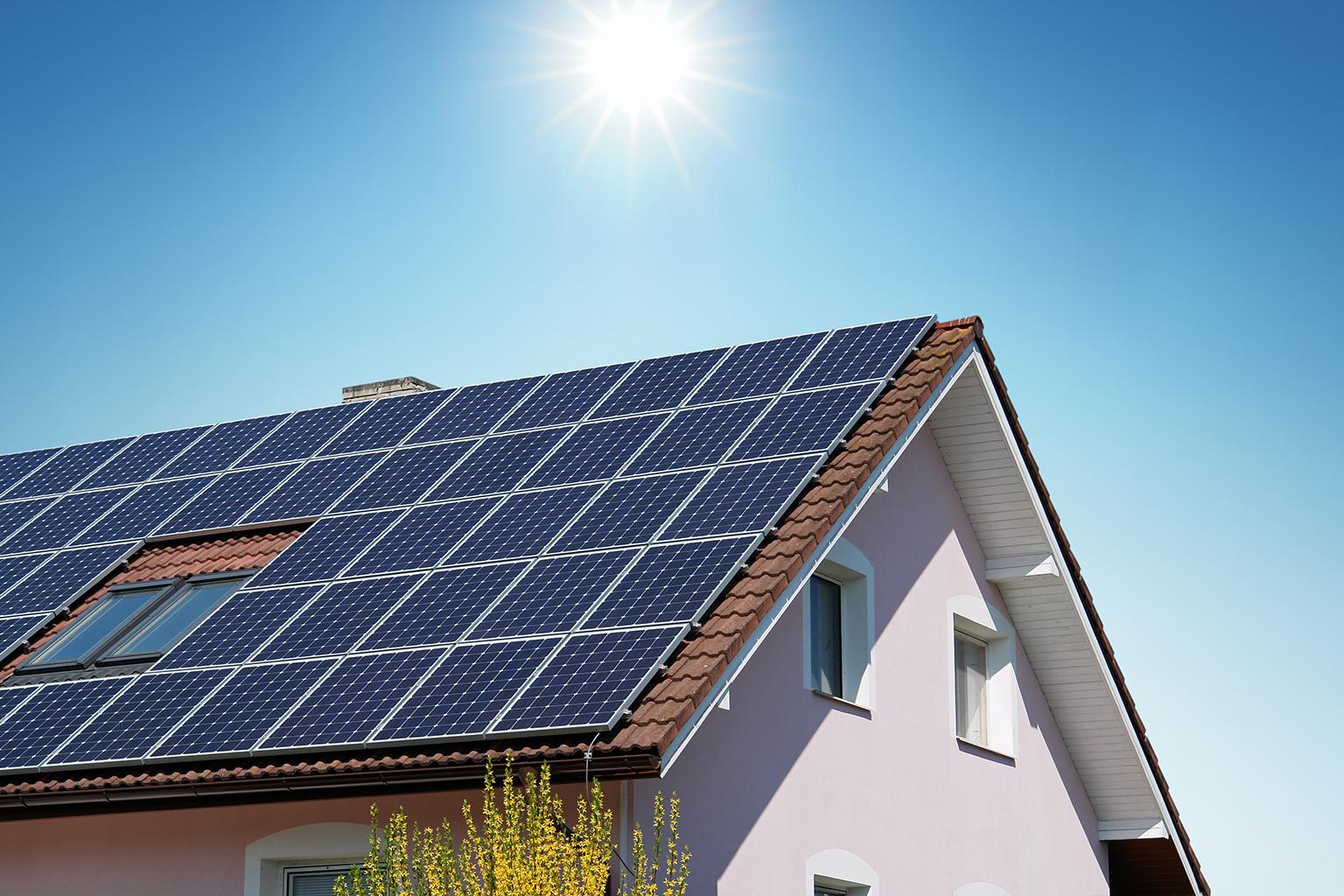
A cultural shift has taken place over the last decade towards a more environmentally sustainable lifestyle.
We try to consume less single-use plastics and recycle when we can, but it’s not enough. If we are going to be successful in reaching a sustainable balance of consumption, energy usage, and environmental impact, it will involve more than just changing our personal habits. Our homes and buildings must operate at the highest level of scrutiny given their physical footprint and environmental output.
Thankfully, a consensus has been made about what constitutes an environmentally friendly structure, attaining the LEED-certified seal of approval.
What is LEED?
LEED stands for Leadership in Energy and Environmental Design and is a non-profit organization to reach a consensus around the optimal materials and design for buildings.
So, how has the LEED certification been adopted by Americans? According to the U.S. Green Building Council, LEED-certified homes have grown by 19% since 2017 to more than 400,000 units located in the U.S.
The benefits of building or modifying your home to meet the requirements of LEED certification include:
- Tax credit benefits
- Expedited permitting processes
- Savings on your utilities bill
- Improved ecological footprint
- Healthier environment for your family
- Increased home resale value
As you can see, the benefits of getting your home LEED certified expand into many facets of your life, both financial and familial.
How to Get Your Home LEED-Certified?
The first step when getting your home LEED-certified is to meet the minimum requirements. Your home must be in a permanent location on existing land (not land reclamation) and using reasonable LEED boundaries to comply with project size requirements, among others.
You will also need to register your project and pay for the process. The average LEED certification process costs between $2,500 and $4,000.
You will also need to assemble project and verification teams to have your home reviewed.
For more information on the LEED certification process, check out the visual below.

You may also like
How Climate Change Is Affecting Construction Jobs
The Future of Architecture: 9 Sustainability Trends to Explore
